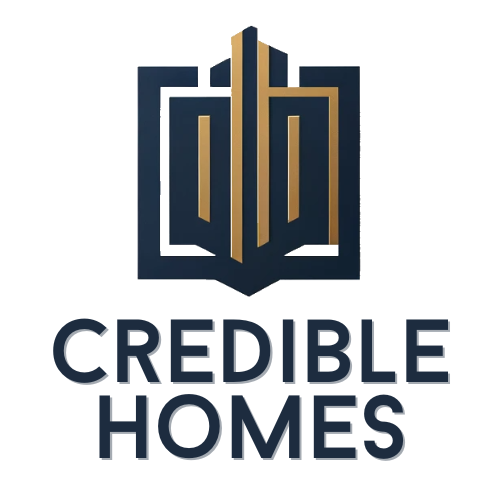Sustainable Home Design Implementation Guide
1. Site Planning & Orientation
Analyze solar access and prevailing winds
Optimize building orientation for passive solar design
Preserve existing vegetation
Minimize site disturbance
Consider microclimate factors
2. Building Envelope Design
High-performance windows (double/triple glazing)
Continuous insulation systems
Air-tight construction
Thermal mass placement
Green roofs/walls where appropriate
3. Energy Systems
Passive Systems
Solar orientation
Thermal mass
Natural ventilation
Daylighting
Shading devices
Active Systems
Solar PV panels
Heat pumps
Energy storage
Smart controls
Energy monitoring
4. Water Management
Collection
Rainwater tanks
Stormwater management
Greywater systems
Conservation
Low-flow fixtures
Dual-flush toilets
Water-efficient appliances
Smart irrigation systems
5. Material Selection Criteria
Environmental Impact
Recycled content
Recyclability
Embodied energy
Carbon footprint
Transport distance
Performance
Durability
Maintenance requirements
Thermal properties
Acoustic properties
Fire resistance
6. Waste Management
Construction Phase
Prefabrication
Modular design
Waste sorting
Recycling programs
Material optimization
Operational Phase
Composting systems
Recycling facilities
Waste separation
Storage solutions
7. Indoor Environment
Air Quality
Natural ventilation
Air filtration
Low-VOC materials
Humidity control
CO2 monitoring
Comfort
Temperature control
Acoustic design
Natural lighting
Glare control
Ergonomic design
8. Smart Technology Integration
Energy monitoring
Automated systems
Occupancy sensors
Climate control
Lighting controls
9. Certification Systems
Green Star
NABERS
Living Building Challenge
WELL Building Standard
Passive House
10. Cost Considerations
Initial Costs
Material premium
System upgrades
Certification fees
Design fees
Construction premium
Long-term Benefits
Reduced energy costs
Lower water bills
Decreased maintenance
Increased property value
Higher resale value

